Reclaim Your Power
Life is full of ups and downs, and at some point, we all face tough situations—whether it's a personal loss, a career setback, or just feeling overwhelmed by everything happening in the world. These moments can push us to our limits, but by strengthening our inner resilience, we can navigate challenges with more ease.
Strategies to Build Internal Strength
1) Slow Down Instead of Speeding Up
When stress hits, our natural reaction is to speed up—racing thoughts, quick movements, short, shallow breaths. This fight-or-flight response helps us in physical danger, but for emotional challenges, it often works against us. Instead, try slowing down. Take deep breaths, extend the exhale, and remind yourself that you are safe. Slowing down gives your brain time to process the situation clearly and respond intentionally, rather than react impulsively.
2) Focus on What You CAN Control
Dwelling on things beyond our control only increases stress and drains our energy. A helpful exercise is to write down everything that’s weighing on you, then separate them into two categories: what you can control and what you can’t. Seeing it on paper helps shift your focus to where you can make the biggest impact.
For example, if watching the news leaves you feeling anxious and powerless, remind yourself that the media thrives on attention and fear. You can’t control global events, but you can control how much news you consume and how it affects you. Recognizing that choice alone can reduce stress.
3) Question Limiting Beliefs
Beliefs such as, “This always happens to me,” “I’m such an idiot,” or “I can’t trust anyone,” are so automatic that we might not even know we are thinking them. Not only are they inaccurate, they bias our perception. Without realizing, we automatically look for ways to confirm them.
It may feel awkward at first, but what it would feel like to use more supportive self-talk:
“This doesn’t mean it will always be this way,”
“That was a mistake anybody could have made,”
“I’m frustrated they let me down.”
Check in with yourself – which response to disappointment feels better for you? If telling yourself you’re an idiot feels better, it’s time to get curious why you might be so hard on yourself. Do you have a belief that it might actually help you in the long run? What might be scary about being kind to yourself?
4) Ask Yourself: What’s the Worst That Could Happen?
In response to stressful situations, we instinctively prepare ourselves for the worst case scenario. Typically, the scenario pops into our minds because it is akin to something we have actually experienced (and therefore learned to fear) before.
Since it happened before, what makes us so certain it will happen again? If the feared outcome did happen, how would we respond this time? We are older, and likely have more access to resources internally and externally, so our responses would likely be more empowered. Although it might feel painful to even allow ourselves to consider the worst possible scenario, our bodies are already acting as if it’s going to happen. So bringing it into our awareness actually allows us to consider whether the expected outcome will actually happen and if it’s even worth worrying about. Instead, ask yourself: How am I more equipped now?
Reclaiming Your Inner Power
We live in a culture that constantly tells us we’re not enough and that external solutions will fix us. Just look at the $430 billion U.S. advertising industry profiting from that message. But what if the real truth is that you don’t need fixing and that the safety, belonging, and empowerment that you crave is already inside of you?
Finding Support Along the Way
As a trauma therapist, I help clients reconnect with their inner resources, which are always present but often blocked by past experiences. Through compassion, curiosity, and working at their own pace, we explore the protective role these blockages have played. They developed for a reason, often to keep us safe. However, over time, they can become barriers to growth and well-being. My clients reach a point where they no longer want to pay the cost of these old defenses.
Instead of fighting against these blockages, we work with them, which enables clients to harness their own inner strength, safety, and sense of belonging.
Healing isn’t about avoiding pain; it’s about learning to move through it, bit by bit. It’s about embracing yourself fully and trusting that you are already enough. Now, if only we had a $430 billion budget to spread that message!

